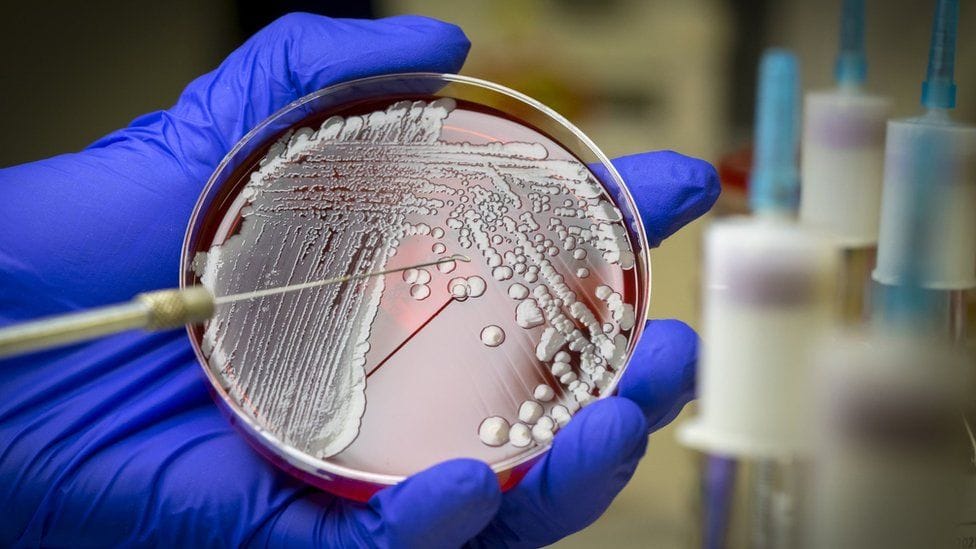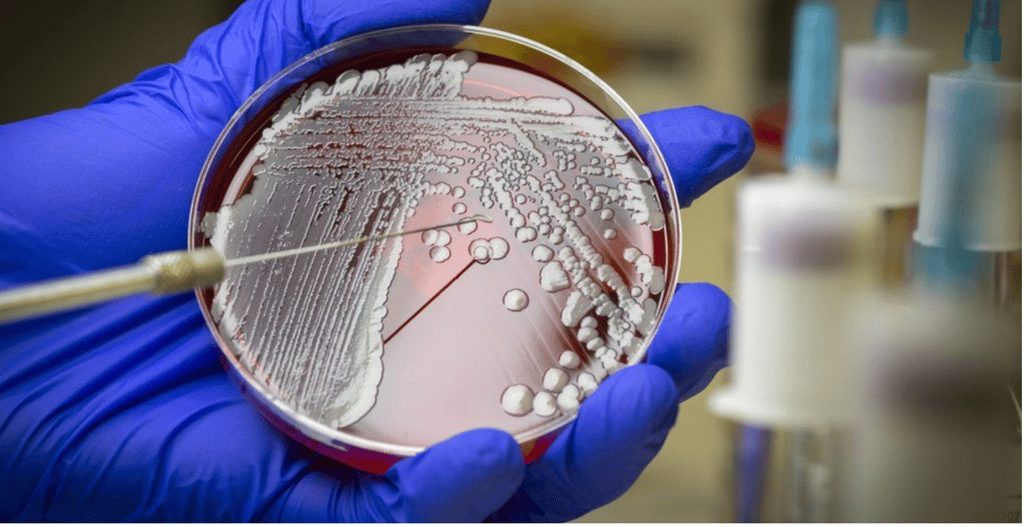
There are many applications of artificial intelligence, and one important way that it can benefit humanity is by assisting in the search for cures for various diseases. It’s good news that researchers have found a new antibiotic that can destroy a dangerous superbug. How? AI is used in this. According to a recent study published on Thursday in the scientific journal Nature Chemical Biology, the researchers are from McMaster University and the Massachusetts Institute of Technology, according to the Guardian.
Acinetobacter baumannii is a super bacterium. This multidrug-resistant bacteria, which poses a particular hazard to patients in hospitals and those whose care needs devices like ventilators and blood catheters, is described by the World Health Organisation as being particularly dangerous. It is one of the priority pathogens listed for research and the creation of new antibiotics by the International Organisation for Health. According to the WHO, Acinetobacter can lead to pneumonia and bloodstream infections, both of which are serious and frequently fatal illnesses.
Acinetobacter baumannii can infect wounds in various sections of the body as well as the blood, urinary system, and lungs
“These bacteria have built-in abilities to find new ways to resist treatment and can pass along genetic material that allows other bacteria to become drug-resistant as well,” said WHO. Patients who have open surgical wounds are at high risk for infection from Acinetobacter baumannii. The Acinetobacter genus of bacteria (germs) is frequently found in the environment, such as in soil and water, according to the Centres for Disease Control and Prevention (CDC). According to the CDC, Acinetobacter baumannii can infect wounds in various sections of the body as well as the blood, urinary system, and lungs (pneumonia). In particular, in respiratory secretions (sputum) or open wounds, it can potentially “colonize” or dwell in a patient without generating illnesses or symptoms.
According to the study published on Thursday, researchers used an AI system to analyze hundreds of antibacterial chemicals in an effort to find new structural classes. The AI screening resulted in the discovery of a novel antibacterial compound known as abaucin by researchers. A graduate student from MacMaster University who worked on the research, Gary Liu said, “We had a whole bunch of data that was just telling us about which chemicals were able to kill a bunch of bacteria and which ones weren’t. My job was to train this model, and all that this model was going to be doing is telling us essentially if new molecules will have antibacterial properties or not.” “Then basically through that, we’re able to just increase the efficiency of the drug discovery pipeline and … hone in all the molecules that we really want to care about,” he added.
“Using AI, we can rapidly explore vast regions of chemical space, significantly increasing the chances of discovering fundamentally new antibacterial molecules”
Then, 6,680 previously unknown chemicals were examined using the AI model. The entire AI research process took an hour and a half, and 240 compounds were created. The antibiotic abaucin, one of the nine potential antibiotics found with the aid of the AI model, was eventually discovered after these compounds were tested in a lab. In a mouse wound infection model, the newly identified chemical was subsequently tested against A baumannii. It was discovered that the novel chemical successfully prevented the infection. The study’s principal investigator, Jonathan Stokes, an assistant professor in the Department of Biomedicine and Biochemistry at McMaster University, said, “This work validates the benefits of machine learning in the search for new antibiotics.”
“Using AI, we can rapidly explore vast regions of chemical space, significantly increasing the chances of discovering fundamentally new antibacterial molecules,” he said adding, “We know broad-spectrum antibiotics are suboptimal and that pathogens have the ability to evolve and adjust to every trick we throw at them … AI methods afford us the opportunity to vastly increase the rate at which we discover new antibiotics, and we can do it at a reduced cost. This is an important avenue of exploration for new antibiotic drugs.”
